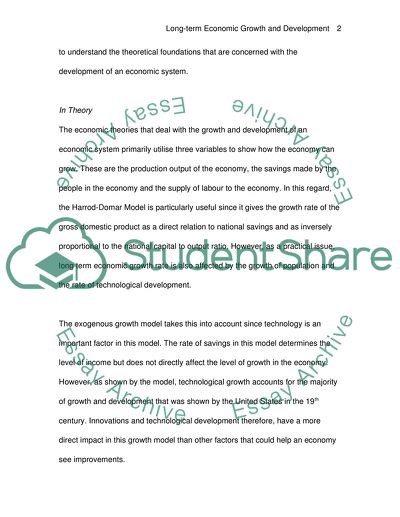Cite this document
(“Long run economic growth and development Essay Example | Topics and Well Written Essays - 2750 words”, n.d.)
Long run economic growth and development Essay Example | Topics and Well Written Essays - 2750 words. Retrieved from https://studentshare.org/macro-microeconomics/1541333-long-run-economic-growth-and-development
Long run economic growth and development Essay Example | Topics and Well Written Essays - 2750 words. Retrieved from https://studentshare.org/macro-microeconomics/1541333-long-run-economic-growth-and-development
(Long Run Economic Growth and Development Essay Example | Topics and Well Written Essays - 2750 Words)
Long Run Economic Growth and Development Essay Example | Topics and Well Written Essays - 2750 Words. https://studentshare.org/macro-microeconomics/1541333-long-run-economic-growth-and-development.
Long Run Economic Growth and Development Essay Example | Topics and Well Written Essays - 2750 Words. https://studentshare.org/macro-microeconomics/1541333-long-run-economic-growth-and-development.
“Long Run Economic Growth and Development Essay Example | Topics and Well Written Essays - 2750 Words”, n.d. https://studentshare.org/macro-microeconomics/1541333-long-run-economic-growth-and-development.


